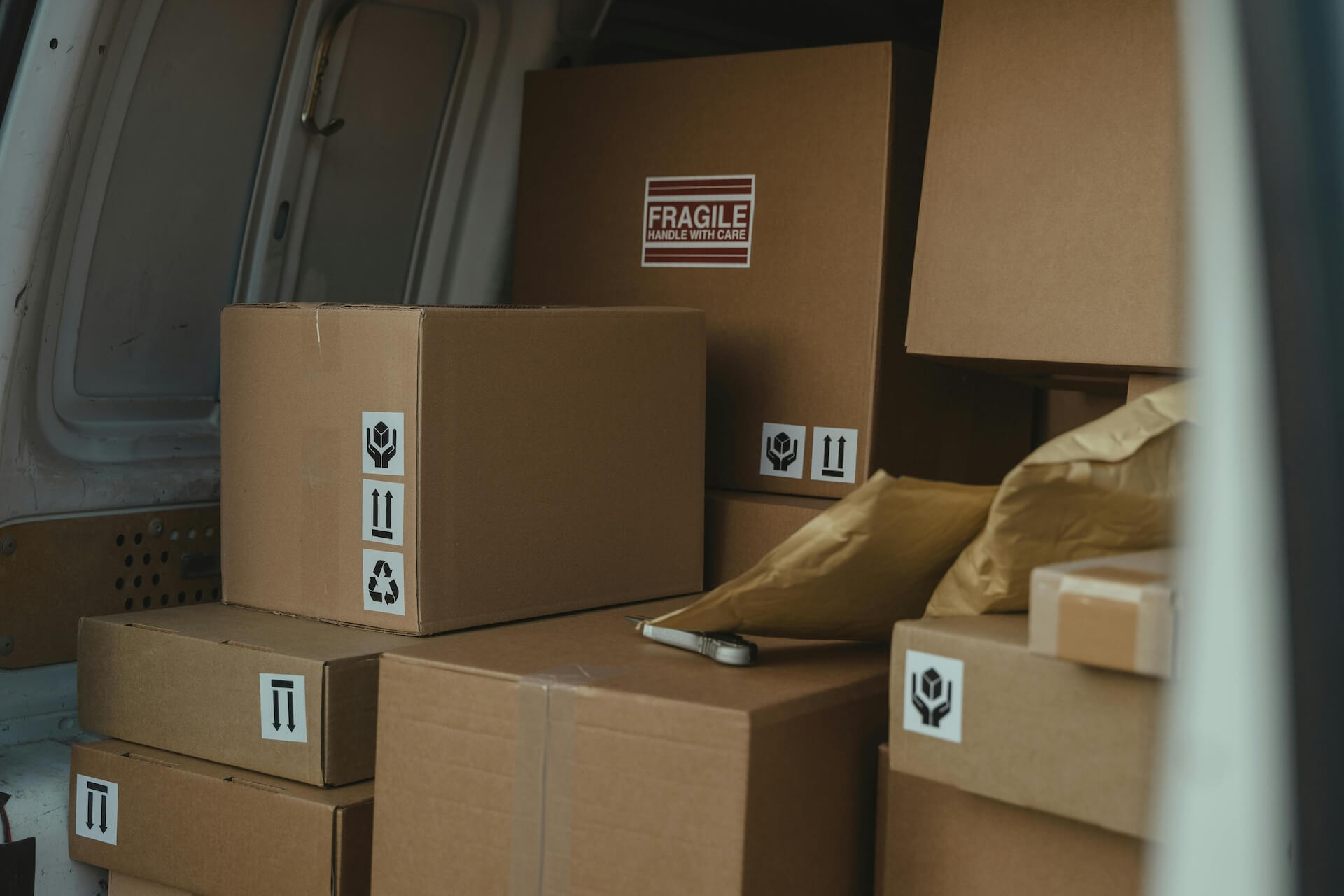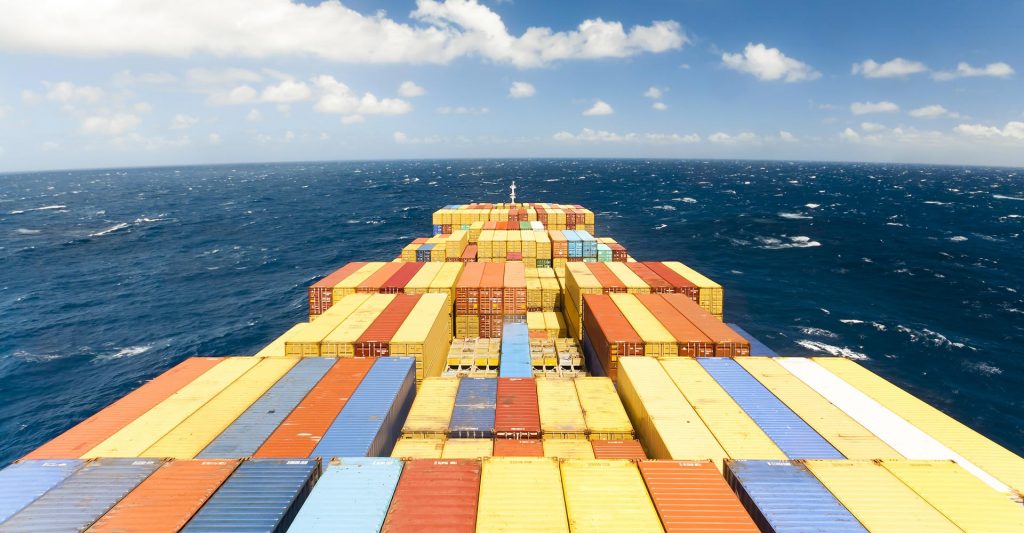When beginning a duty drawback program, it is necessary to consider the best type of drawback for the specific situation each claimant is in. Primarily, factors such as what a claimant does with their products in the United States and where their products go when exported will determine the best fit. But one often overlooked part of a supply chain can have a major impact: the claimant’s acceptance of returned merchandise, retail returns, and lack of a duty drawback can directly effect your company’s bottom line.
What is Returned Merchandise Duty Drawback?
Returned merchandise would be any product that is exported but then returned back to the US claimant by the customer. This can be because there is a flaw with the product, the wrong product was sent, or perhaps the customer simply changed their mind. Many retailers offer no-questions-asked return policies, and so if a foreign customer decides that a particular article is not for them, they can return is for a full refund, no problem.
While this is an easy process for the customer, it can create potential pitfalls for the US claimant. Often, retail returns can return to the US exporter in seemingly pristine condition and be acceptable for sale to a customer. For example, a retailer sells a pair of shoes to a Canadian customer who, after trying them on once, decides they don’t like them, and initiates a return to the seller. The products are then sent back over the border and returned to the inventory of the original seller.
When the product arrives back in the USA, they are often inspected to see if they are in a pristine enough condition to be sold again to a new customer. But when this happens, it poses a problem for drawback- US Customs defines “used” merchandise as anything that was used for its intended purpose, and a customer trying on a shoe falls within their definitions for use.
If an exporter is claiming duty drawback on “unused merchandise” under 1313(j)(1) or 1313(j)(2) then the products must be just that: unused. Customs also posits that if a product was sent to a customer, it cannot be definitively proven as “unused” and so it must be treated as “used.” If the claimant cannot definitively distinguish their “new” products with returned merchandise, they cannot pursue “unused” claims.
In this case, they must turn to 1313(c) drawback: merchandise not conforming to sample or specifications. They are still eligible for refunds, and will still be able to build and maintain a profitable duty drawback program. There are some unique differences to how this program runs, but many claimants may find this to be a more preferable option for their supply chain and start a retail returns and duty drawback program.
JM Rodgers has experience in building every kind of drawback program, and can help establish one under 1313(c) for eligible claimants. When a company is looking into their eligibility for drawback refunds, it’s important to understand if returned products make it into the supply chain, so that a compliant program can be built to maximize returns. If you are a retailer interested in evaluating your duty drawback potential, please contact our SVP of Sales Andrew Galloway at (212) 220-7412, (973) 726-5340, or via email at agalloway@jmrodgers.com.
Creative Credit: Photo by Artem Beliaikin on Unsplash






